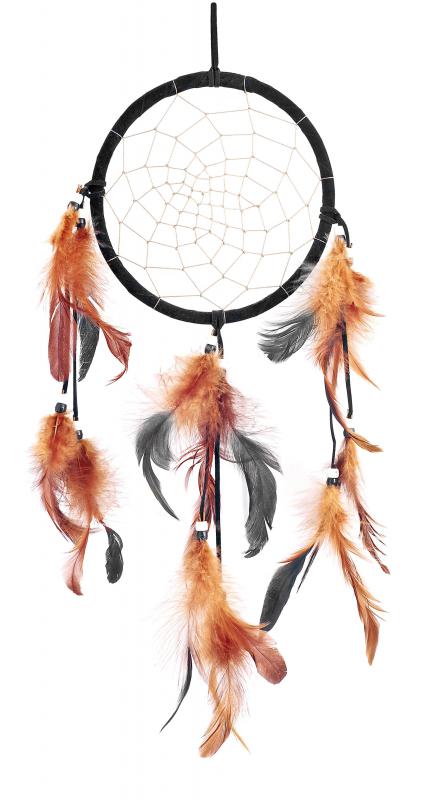At WiseGEEK, we're committed to delivering accurate, trustworthy information. Our expert-authored content is rigorously fact-checked and sourced from credible authorities. Discover how we uphold the highest standards in providing you with reliable knowledge.
What are the Lakota Sioux?
The Lakota Sioux are a Native American tribe indigenous to the United States. As one of the three major divisions of the Sioux Nation, the Lakota Sioux band is further subdivided into a confederation of seven individual groups: the Oglala, which means "Dust Scatterers"; the Sihasapa, which means "Blackfeet"; the Hunkpapa, which means "End of the Circle"; the Sicangu, which means "Burnt Thighs"; the Miniconjous, which means "Planters Beside the Stream"; the Oohenupa, which means "Two Kettle;" and the Itazipacola, which means "Without Bows." The Lakota Sioux occupied lands that cut across the Northern Plains of what is now the United States, from western Minnesota, east to Montana and north into the Canadian province of Alberta.
Although the Lakota are also known by the name Teton, which means "prairie dwellers," the tribe originally lived near the Great Lakes. As was the case with other Native American tribes, European-American settlements gradually encroached upon their lands, and they eventually were forced to migrate westward from the Great Lakes area. This migration brought them into contact with other Native American tribes that introduced them to horse culture. After the Lakota Sioux adopted the horse in the early 18th century, the life of the tribe centered on the buffalo hunt.

It is the Lakota Sioux that have provided subsequent generations of the public with what became the iconic image of the American Indian. As a tribe, the Lakota were semi-nomadic hunter-gatherers, living in tepee dwellings and following the buffalo herds to obtain the necessities of life. The Lakota language contributed the word "tepee" to the American vocabulary, along with the generalized Native American expression “how” used as a greeting.

Tribal life was built around the family hunting unit. The Lakota Sioux did not plant crops but relied upon gathering wild plants or trading with sedentary tribes of farmers. Lakota culture judged families by their success in hunting, wealth in horses, sponsorship of religious ceremonies and membership in fraternal societies. Supernatural power, either through visions or dreams, also was important to a family’s status.

Gender roles were specific. Lakota women were in charge of the home, and men were warriors and hunters responsible for defending and feeding their families. Men were expected to practice the four cardinal virtues of generosity, bravery, wisdom and fortitude. Four somewhat different cardinal virtues were required of women: generosity, bravery, truthfulness and childbearing.

In the early 21st century, the Lakota are concentrated mainly on five reservations in South Dakota: the Rosebud, Pine Ridge, Lower Brule, Cheyenne River and Standing Rock Indian reservations. Lesser numbers of Lakota live on reservations in Montana and North Dakota. They also can be found on small reservations in the Canadian provinces of Saskatchewan and Manitoba.
AS FEATURED ON:
AS FEATURED ON:














Discuss this Article
Post your comments